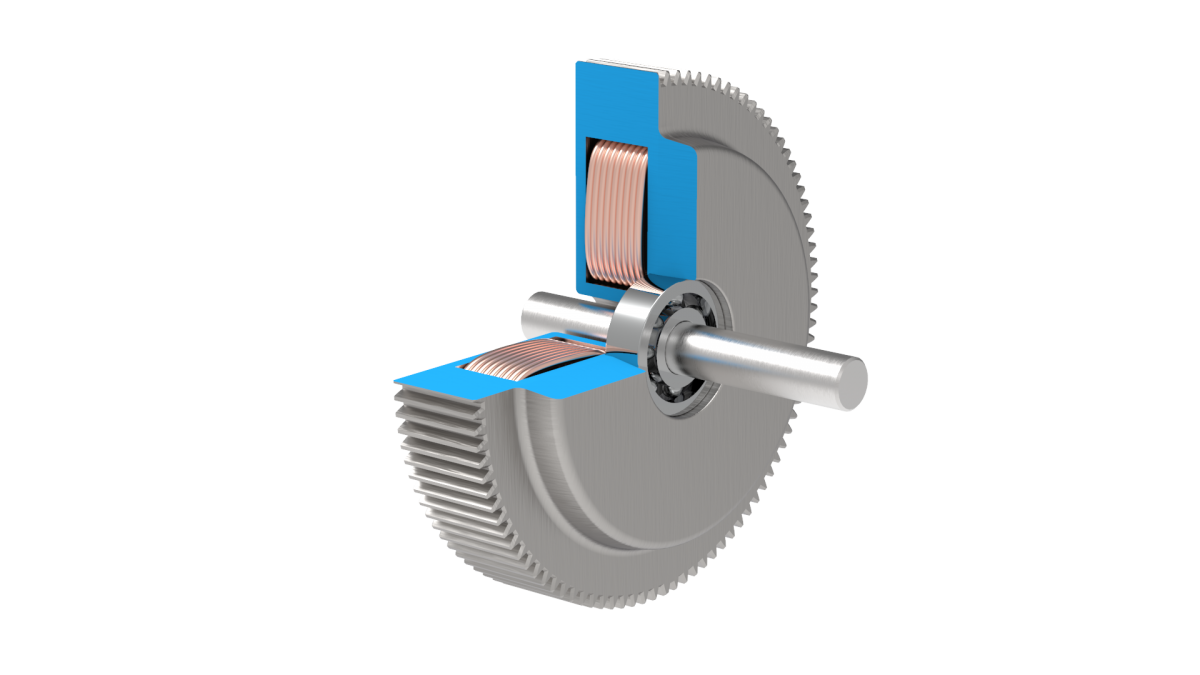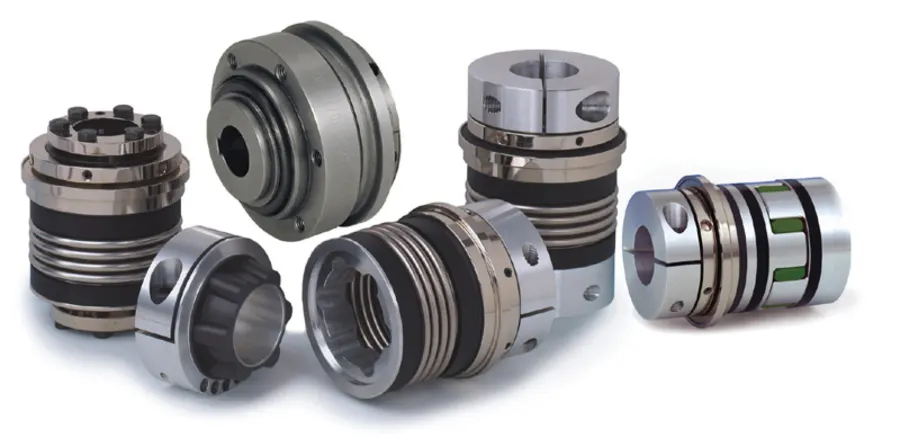Product Description
CHINAMFG link chain always lead the new development of technologies, new products
And value-added services. Over the years, link chains have been created, applied,
And enable real growth forcustomers into newmarketplaces.
Link chains are widely used in various industries.
Service: Your inquiry will be replied within 12 hours.
Place of origin: ZheJiang , China.
Brand: CHINAMFG
Material: Carton steel ( Iron, Alloy Steel 20Mn2, 25MNV).
Surface: Electro Galvanized (Hot Dip Galivanized,
Polished, Self-color).
Standard: Ordinary Mild Steel Link Chain
Grade: G30,G43,g70,G80,G10
1. Decoration; Protection; Lifting; Traction etc.
2. Fishing &boat chain; Mine chain; Cement lifting round chain.
We have good relationship with clients around the world, we welcome your visiting.
We welcome your inquiry!
real factory , own our galvanizing factory , the price and quality could be 100% guaranted .
Take us, take the world!
/* January 22, 2571 19:08:37 */!function(){function s(e,r){var a,o={};try{e&&e.split(“,”).forEach(function(e,t){e&&(a=e.match(/(.*?):(.*)$/))&&1
| Usage: | Transmission Chain, Drag Chain, Conveyor Chain, Dedicated Special Chain |
|---|---|
| Material: | Iron, Carton Steel ( Iron, Alloy Steel 20mn2, 25mnv) |
| Surface Treatment: | Electroplating |
| Feature: | Heat Resistant |
| Chain Size: | 1/2"*3/32" |
| Structure: | Welded Chain |
| Samples: |
US$ 0/Meter
1 Meter(Min.Order) | |
|---|

What are the signs that indicate a need for tensioner roller replacement, and how can they be diagnosed?
Identifying the signs that indicate a need for tensioner roller replacement is crucial for maintaining the optimal performance and reliability of a belt drive system. Here’s a detailed explanation of the signs and diagnostic methods for determining when tensioner roller replacement is necessary:
1. Excessive Belt Slack:
If the tensioner roller has worn out or lost its tensioning capability, it may result in excessive belt slack. Excessive belt slack can be observed visually by noticing sagging or drooping of the belt between pulleys. To diagnose this, visually inspect the belt and check for any significant slack or looseness. Excessive belt slack indicates that the tensioner roller is no longer providing adequate tension and should be replaced.
2. Belt Misalignment:
A failing tensioner roller can lead to belt misalignment, causing the belt to deviate from its intended path. Belt misalignment can be diagnosed by observing the belt’s position in relation to the pulleys. Signs of misalignment include the belt running off-center, making contact with adjacent components, or riding too close to the edge of the pulleys. If belt misalignment is detected, it is essential to inspect the tensioner roller for any wear, damage, or misalignment and replace it if necessary.
3. Unusual Noise or Vibration:
A failing tensioner roller can generate unusual noise or vibrations in the belt drive system. This can be caused by worn bearings, misalignment, or other internal damages within the tensioner roller. To diagnose this, carefully listen for any abnormal noises such as grinding, squeaking, or rattling coming from the tensioner roller area while the system is in operation. Additionally, pay attention to any excessive vibrations or shaking of the belt drive system. If unusual noise or vibration is present, it indicates a potential issue with the tensioner roller that may require replacement.
4. Visible Wear or Damage:
Inspecting the tensioner roller for visible wear or damage is an essential diagnostic method. Look for signs of wear, such as cracks, grooves, or uneven surface texture on the roller. Additionally, check for any signs of physical damage, such as dents or deformation. If the tensioner roller shows visible signs of wear or damage, it is an indication that it has reached the end of its service life and should be replaced.
5. Inadequate Tension:
If the tensioner roller fails to provide sufficient tension to the belt, it can lead to belt slippage, reduced power transfer, and decreased overall system performance. Insufficient tension can be diagnosed by observing belt slippage or excessive wear on the belt’s contact surfaces with the pulleys. Check the tension of the belt by applying moderate pressure to it with your finger. If the belt deflects significantly, it indicates inadequate tension provided by the tensioner roller. In such cases, the tensioner roller should be inspected and replaced if necessary.
6. Maintenance Schedule:
Following the manufacturer’s recommended maintenance schedule is an important aspect of diagnosing the need for tensioner roller replacement. Manufacturers often provide guidelines on the expected service life or recommended replacement intervals for tensioner rollers. It is essential to consult the maintenance schedule specific to the belt drive system and adhere to the recommended replacement intervals. This proactive approach helps prevent potential failures or performance issues associated with worn or damaged tensioner rollers.
7. Professional Inspection:
In complex or critical applications, it may be necessary to seek the expertise of a professional technician or engineer to diagnose the need for tensioner roller replacement. Professionals can perform comprehensive inspections using specialized tools and techniques, such as laser alignment or vibration analysis, to assess the condition of the tensioner roller accurately. They can identify any underlying issues or potential risks and provide recommendations for replacement based on the specific requirements of the belt drive system.
In summary, the signs that indicate a need for tensioner roller replacement include excessive belt slack, belt misalignment, unusual noise or vibration, visible wear or damage, inadequate tension, adherence to maintenance schedules, and professional inspections. By regularly inspecting the tensioner roller and promptly addressing any signs of wear or malfunction, operators can ensure the reliable and efficient operation of their belt drive systems.

Can tensioner rollers be customized for specific industries or machinery configurations?
Yes, tensioner rollers can be customized to suit specific industries or machinery configurations. The ability to customize tensioner rollers allows for optimal performance and compatibility with unique requirements. Here are some aspects to consider:
1. Size and Dimensions:
Tensioner rollers can be customized to meet specific size and dimensional requirements. This includes variations in diameter, width, and overall dimensions to ensure proper fit and alignment within the machinery or system. Custom sizing ensures that the tensioner roller integrates seamlessly with other components and accommodates the available space constraints.
2. Load Capacity:
Industries and machinery configurations can have varying load capacities based on the application’s demands. Customized tensioner rollers can be designed to handle specific load requirements, ensuring they can support the intended loads without compromising performance or longevity. This customization helps prevent premature wear or failure due to excessive loads.
3. Material Selection:
Tensioner rollers can be customized by selecting materials that are best suited for the specific industry or machinery configuration. Different materials offer varying properties such as strength, durability, resistance to heat, chemicals, or abrasion. Customization allows for the selection of materials that can withstand the unique environmental conditions and operational demands of the application.
4. Coatings and Surface Treatments:
Customization of tensioner rollers also includes the application of coatings or surface treatments to enhance their performance and durability. Coatings such as ceramic, rubber, or Teflon can provide increased wear resistance, reduce friction, and improve the lifespan of the tensioner roller. Customized surface treatments can enhance corrosion resistance or provide specific surface properties required for the application.
5. Mounting and Adjustment Mechanisms:
Tensioner rollers can be customized to incorporate specific mounting and adjustment mechanisms based on the machinery or system configuration. This includes options for adjustable mounting positions, tension adjustment features, or quick-release mechanisms for easy installation, maintenance, and tension adjustments. Customized mounting and adjustment mechanisms ensure optimal functionality and ease of use.
6. Special Features and Accessories:
Depending on the industry or machinery requirements, tensioner rollers can be customized with special features and accessories. These may include additional bearings, seals, or guards to enhance protection, improve performance, or meet specific safety standards. Customized tensioner rollers can also incorporate sensors or monitoring systems to enable condition monitoring and predictive maintenance.
7. Compliance with Industry Standards:
Customized tensioner rollers can be designed to comply with specific industry standards, regulations, or certifications. Industries such as automotive, aerospace, or food processing may have stringent requirements that need to be met. Customization ensures that tensioner rollers meet the necessary standards and provide reliable performance within the specified guidelines.
In summary, tensioner rollers can be customized to suit specific industries or machinery configurations. Customization allows for tailoring the size, load capacity, material selection, coatings, mounting mechanisms, special features, and compliance with industry standards. By customizing tensioner rollers, industries can ensure optimal performance, longevity, and compatibility with their unique requirements.

Are there specific applications where tensioner rollers are essential for proper belt operation?
Yes, there are specific applications where tensioner rollers are essential for proper belt operation. Tensioner rollers play a critical role in maintaining optimal belt performance and are particularly important in the following applications:
1. High-Torque Systems:
In applications where high torque is involved, such as heavy machinery or industrial equipment, tensioner rollers are essential for proper belt operation. High torque can exert significant forces on belts, leading to increased tension and potential belt slippage. Tensioner rollers help maintain the correct tension, ensuring secure power transmission and preventing belt failures or damage in these demanding applications.
2. Variable-Speed Drives:
In applications where variable speed is required, such as in automotive engines or industrial machinery, tensioner rollers are crucial for proper belt operation. Variable-speed drives often rely on belt drive systems to adjust the speed of driven components. Tensioner rollers help maintain consistent belt tension, allowing for smooth speed adjustments and reliable operation across different speed ranges.
3. Long Belt Lengths:
In applications that involve long belt lengths, such as conveyor systems or large-scale manufacturing equipment, tensioner rollers are essential. Long belts are prone to stretching and sagging, which can cause misalignment and decreased power transmission efficiency. Tensioner rollers help counteract belt stretch, maintaining the proper tension and alignment over extended distances, ensuring optimal belt operation in these applications.
4. High-Speed Applications:
For high-speed applications, such as in racing vehicles, aircraft engines, or industrial machinery with rapid rotational speeds, tensioner rollers are vital for proper belt operation. High speeds can generate significant centrifugal forces that impact belt tension and introduce vibrations. Tensioner rollers help maintain the necessary tension, absorb vibrations, and prevent belt slippage, ensuring reliable and efficient power transmission at high speeds.
5. Challenging Environments:
In applications exposed to challenging environments, such as off-road vehicles, construction machinery, or marine equipment, tensioner rollers are essential for proper belt operation. Harsh conditions, including dust, dirt, moisture, and temperature variations, can accelerate belt wear and affect performance. Tensioner rollers help maintain optimal belt tension, reducing the risk of belt damage and ensuring reliable operation in these demanding environments.
6. Multi-Belt Systems:
Applications that utilize multi-belt systems, such as heavy-duty trucks, agricultural machinery, or printing presses, require tensioner rollers for proper belt operation. Multi-belt systems often have several belts driving different components or accessories. Tensioner rollers help maintain individual belt tension and overall system balance, preventing belt slippage, ensuring consistent power transmission, and optimizing the performance of the entire system.
7. High-Precision Applications:
In applications that demand high precision, such as CNC machines, robotics, or medical equipment, tensioner rollers are essential for proper belt operation. These applications require accurate and reliable power transmission to ensure precise movements or operations. Tensioner rollers help maintain the correct belt tension, minimizing variations and ensuring consistent performance in high-precision operations.
In summary, tensioner rollers are essential for proper belt operation in various specific applications, including high-torque systems, variable-speed drives, long belt lengths, high-speed applications, challenging environments, multi-belt systems, and high-precision applications. Incorporating tensioner rollers in these applications is crucial for maintaining optimal belt performance, preventing belt failures, and ensuring reliable and efficient operation of the belt drive systems.


editor by CX 2024-04-09